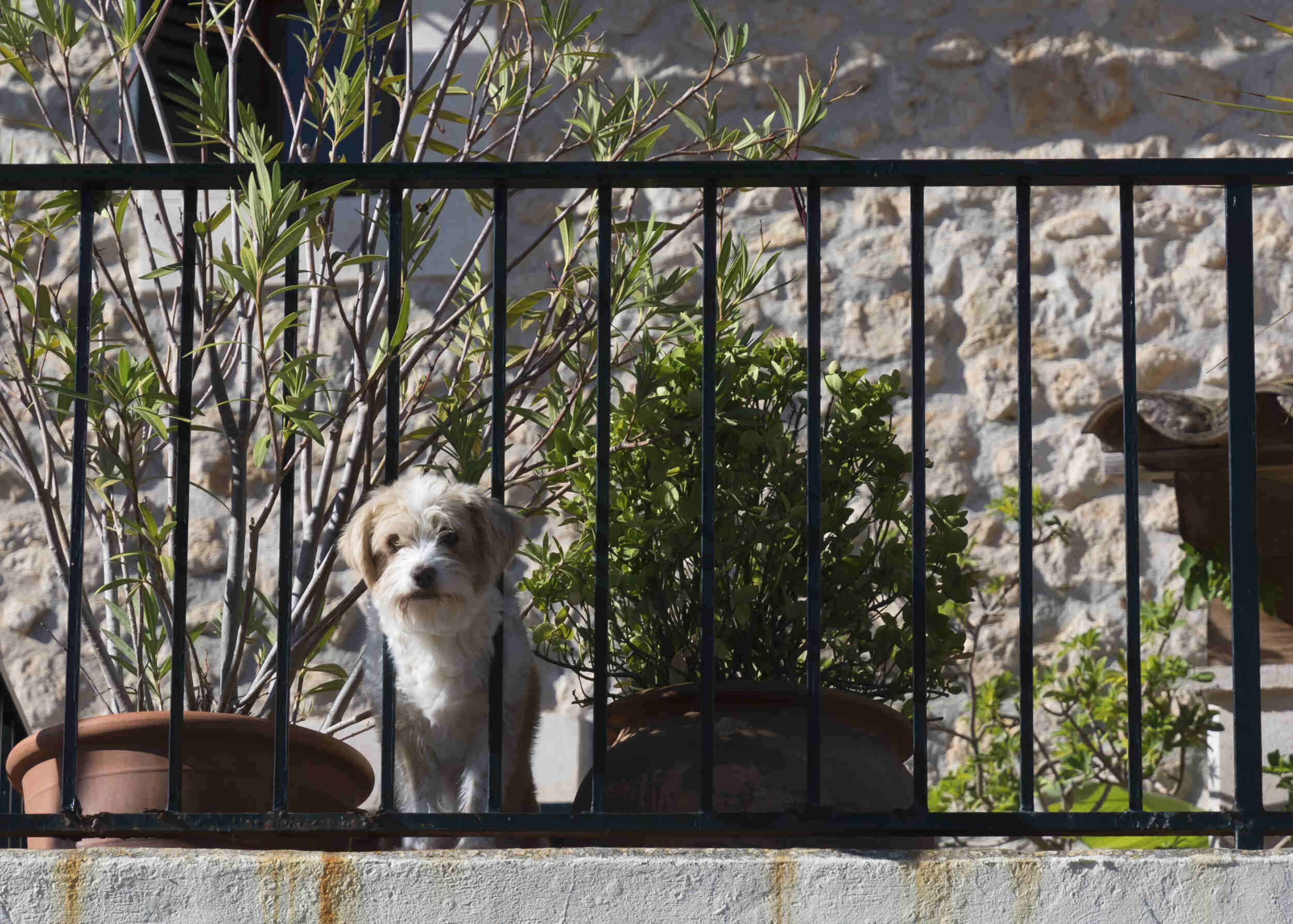

Articles
How To Dog Proof A Balcony
Modified: August 20, 2024
Learn how to dog proof your balcony with our informative articles, filled with tips and tricks to keep your furry friend safe and secure.
(Many of the links in this article redirect to a specific reviewed product. Your purchase of these products through affiliate links helps to generate commission for Storables.com, at no extra cost. Learn more)
Introduction
Having a balcony is a wonderful perk of apartment living or owning a home. It allows you to enjoy fresh air, soak up sunshine, and admire the view. However, if you are a proud pet owner, it’s important to consider the safety of your furry friend when it comes to your balcony. Dogs can be curious creatures, and without proper precautions, they may be at risk of accidents or even escape. In this article, we will explore how to dog-proof a balcony to ensure the safety and well-being of your beloved pet.
Your dog’s safety should always be a top priority, and taking the necessary steps to dog-proof your balcony will provide peace of mind and prevent any potential accidents. Assessing the risk, clearing the balcony of hazards, installing safety measures, and regular maintenance are all key components in creating a secure environment for your dog. Let’s delve into each of these aspects in detail.
Key Takeaways:
- Assess the risk, clear the balcony, install safety measures, and create barriers to ensure a secure and enjoyable outdoor space for your dog. Regular maintenance and inspection are crucial for maintaining a dog-proof balcony.
- Choose pet-friendly plants, secure loose objects, and consider your dog’s behavior and breed when dog-proofing your balcony. By prioritizing safety and regular maintenance, you can create a harmonious outdoor space for you and your furry friend.
Read more: How To Baby Proof A Balcony
Assessing the Risk
Before making any changes to dog-proof your balcony, it’s crucial to assess the potential risks and hazards that exist. Start by looking at the overall layout and design of your balcony. Consider its height, the presence of stairs or ledges, and any gaps or openings that may pose a danger to your dog. Take note of any loose or unstable structures, such as railings or furniture, which could lead to falls or injuries.
Next, observe your dog’s behavior and personality. Some dogs are more prone to adventurous and reckless behavior, while others may be more cautious and easily spooked. Understanding your dog’s tendencies will help you anticipate and address potential risks more effectively.
Additionally, consider external factors such as the surrounding environment. Is your balcony located near busy streets or construction sites? Are there neighboring balconies where your dog could potentially interact with other animals, causing them to become agitated or attempt to escape? Assessing these external risks is essential in implementing appropriate safety measures.
It’s also important to take into account your dog’s size and breed. Smaller dogs may be more susceptible to squeezing through small openings, while larger dogs may have the strength to damage or break weak structures. Consider these factors to determine the level of precautions needed.
By thoroughly assessing the potential risks and hazards specific to your balcony and your dog, you can better understand the areas that require immediate attention and prioritize safety measures accordingly.
Clearing the Balcony
Once you have assessed the risks associated with your balcony and your dog, the next step is to clear the space of any potential hazards. Start by removing any objects that your dog could potentially chew on or knock over. This includes potted plants, decorations, and loose items such as cushions or toys that could pose a choking hazard.
Take special care to eliminate any toxic substances that may be within reach. Keep toxic plants, chemicals, and cleaning products out of your dog’s reach, as ingestion or contact with these substances can be extremely dangerous and even fatal. Research which plants are toxic to dogs and remove them from your balcony.
Inspect the flooring and ensure there are no loose or uneven surfaces that could cause your dog to trip or injure themselves. If necessary, repair or replace any damaged flooring to create a safe and stable surface for your dog to walk on.
Additionally, if there are any openings or gaps in the balcony railing that your dog could squeeze through or get their head stuck in, take immediate action to address this issue. Use mesh or sturdy materials to cover these openings and prevent accidents or potential escape attempts. Remember, the goal is to create a secure and enclosed space that your dog cannot easily navigate or access unsupervised.
By thoroughly clearing the balcony of any potential hazards, you are taking a proactive step in creating a safe environment for your dog to enjoy without the risk of injury or harm.
Installing Balcony Safety Measures
Once you have cleared the balcony of potential hazards, it’s time to install additional safety measures to further dog-proof the space. These measures will help create a secure and comfortable environment for your furry friend.
One essential safety measure is installing a sturdy and reliable balcony railing. The railing should be high enough to prevent your dog from jumping over it. Opt for vertical bars rather than horizontal ones to prevent dogs from climbing or squeezing through. Ensure that the railing is secure and in good condition to withstand your dog’s weight and any attempts to lean or push against it.
To add an extra layer of protection, consider installing transparent or mesh screens between the railings. This helps to prevent your dog from trying to squeeze through the gaps and provides an added barrier of safety.
If your balcony has stairs or steps, install safety gates at the top and bottom to prevent your dog from accessing them unsupervised. This is particularly important for puppies, older dogs, or those with mobility issues who may be at a higher risk of falls or injuries on stairs.
Another measure to consider is using window film on any glass panels or doors leading to the balcony. This can help prevent your dog from running into the glass, thinking it’s an open space. It also adds an extra layer of protection in case the glass breaks.
When it comes to creating a safe and comfortable space, providing shade and protection from the elements is important. Consider installing a canopy, sunshade, or outdoor umbrella to protect your dog from excessive heat, direct sunlight, or rain. Ensure that these structures are securely anchored to prevent them from toppling over.
By installing these balcony safety measures, you can significantly reduce the risk of accidents, falls, or escape attempts, creating a secure and enjoyable space for both you and your dog to relax and enjoy the outdoors.
Creating Barriers and Enclosures
Creating barriers and enclosures on your balcony is another effective way to dog-proof the space and ensure your dog’s safety. These barriers can help prevent your dog from accessing certain areas or attempting to jump or climb over the balcony railing.
One option is to install a pet gate or playpen on your balcony. This allows you to designate a specific area for your dog to enjoy while keeping them contained and secure. Make sure to choose a gate or playpen that is tall enough to discourage your dog from jumping over it and sturdy enough to withstand any attempts to break through.
If your balcony has open areas or gaps that may still pose a risk, consider using sturdy mesh or netting to enclose those spaces. This prevents your dog from accessing areas where they could potentially get into trouble or escape. Make sure to securely anchor the mesh or netting, ensuring it is taut and cannot be easily pushed through or pulled down by your dog.
For balconies with larger gaps in the flooring or if you want to create an enclosed area without obstructing the view, consider using clear acrylic or plexiglass panels. These panels provide a barrier to prevent your dog from slipping through the gaps while still allowing for visibility and natural light.
When creating barriers and enclosures, it’s important to consider your dog’s needs and preferences. Provide them with enough space to move around comfortably and access to water, shade, and shelter. Additionally, ensure that the barriers or enclosures do not become a hindrance to your own movement or enjoyment of the balcony.
By creating effective barriers and enclosures on your balcony, you can provide your dog with a safe and secure area to enjoy the outdoors while minimizing the risk of accidents or escape attempts.
Install a sturdy and tall railing to prevent your dog from jumping or squeezing through. Use pet-friendly plants and avoid leaving any small objects or food that could be harmful if ingested.
Read more: How To Dog Proof A Fence
Securing Loose Objects
Securing loose objects on your balcony is crucial to prevent accidents and injuries to your dog. Loose objects can pose a risk if they fall or if your dog knocks them over, potentially causing harm or creating a hazardous environment.
Start by securing any lightweight or small objects that may be easily knocked over or blown away by wind. This includes items like loose chairs, tables, potted plants, or decorations. Use sturdy outdoor furniture or tie down lightweight objects to ensure they stay in place and cannot be easily moved or tipped over by your dog’s curiosity or playful antics.
Consider utilizing heavy planters or plant stands to prevent your dog from knocking over potted plants. Opt for plants that are safe for dogs and avoid those that may be toxic if ingested. Ensure that the planters are stable and cannot be easily tipped or knocked over, especially if your dog likes to investigate or chew on plants.
If you have any electrical cords, consider using cord covers or routing them along walls or away from areas where your dog can access them. Dogs may be attracted to cords and may chew on them, resulting in electrical shocks or other injuries. Keep cords out of your dog’s reach to prevent any accidents.
Keep in mind that dogs are naturally curious creatures and may investigate any new objects or items on the balcony. Regularly inspect the area for any potential hazards or objects that may have become loose or unstable, and address them promptly.
By securing loose objects on your balcony, you can create a safer environment for your dog, minimizing the risk of injury and ensuring their well-being while enjoying the outdoor space.
Using Pet-Friendly Plants
When dog-proofing your balcony, it’s important to consider the plants you choose to have in your outdoor space. Some plants can be toxic to dogs if ingested, and it’s essential to prioritize the safety of your furry friend by selecting pet-friendly plants.
Research and choose plants that are non-toxic and safe for dogs. Common pet-friendly plants include spider plants, Boston ferns, African violets, and Christmas cacti. These plants not only add beauty to your balcony but also provide a safe environment for your dog to explore without the risk of poisoning.
Avoid plants such as lilies, azaleas, tulips, and daffodils, as these can be toxic to dogs if consumed. Be cautious if you have hanging plants or plants that have berries or small fruits, as these may entice your dog to nibble on them. It’s important to educate yourself on potential plant toxicities and remove any harmful plants from your balcony.
Consider using pots or elevated planters for your pet-friendly plants to prevent your dog from digging or accessing the soil. This helps to maintain the integrity of the plants and reduces the risk of accidental ingestion of the soil or plant material.
Another option is to create a designated area for pet-friendly grass or turf on your balcony. This allows your dog to have a space to relieve themselves and adds a natural element to the environment. Use dog-friendly turf that is free of chemicals and pesticides, and ensure proper drainage to prevent odors and pooling water.
Regularly inspect your plants for any signs of damage, pests, or wilting. Remove any dead or dying plant material to maintain a healthy and safe environment for your dog. Remember, even pet-friendly plants should be monitored, as dogs may still exhibit destructive behavior or try to eat plants out of curiosity.
By choosing pet-friendly plants and creating a safe environment for your dog to enjoy, you can create a harmonious and enjoyable balcony space that is both aesthetically pleasing and safe.
Regular Maintenance and Inspection
Regular maintenance and inspection of your balcony is essential to ensure its safety and to continue providing a dog-proof environment for your furry friend. By incorporating routine checks and maintenance tasks, you can address any potential risks or hazards in a timely manner.
Start by establishing a regular cleaning routine for your balcony. This includes sweeping, wiping down surfaces, and removing any debris or dirt that may accumulate. Regular cleaning not only keeps the balcony tidy, but it also helps prevent slips or falls due to slippery surfaces.
Inspect the balcony for any signs of wear and tear, such as loose railings, chipped paint, or rotting wood. Repair or replace any damaged or weakened structures immediately to maintain the integrity and safety of the balcony.
Regularly check all safety measures, such as gates, enclosures, and barriers, to ensure they are still in good condition and functioning properly. Over time, materials may deteriorate or become weakened, so it’s important to stay vigilant and make necessary repairs or replacements as needed.
Inspect and secure any loose objects or furniture that may have shifted or become unstable. Check the fastenings or ties on pet gates or enclosures to ensure they are secure and intact. Keep an eye out for any signs of wear and tear on these objects and address any issues promptly.
Regularly check plants for any signs of disease or pests and treat them accordingly. Replace any toxic plants with safe alternatives if necessary. Ensure that pet-friendly grass or turf areas are well maintained and free from any harmful substances or debris.
Inspect the balcony flooring for any potential hazards, such as loose tiles or slippery surfaces. Repair or replace any damaged flooring to maintain a safe and stable surface for your dog to walk on.
Lastly, always supervise your dog when they are on the balcony, especially during playtime or when introducing any new elements or changes to the environment. This allows you to observe their behavior and address any potential risks or concerns immediately.
By incorporating regular maintenance and inspection into your routine, you can ensure that your dog’s balcony remains a safe and enjoyable space, free from potential hazards or dangers.
Conclusion
Creating a dog-proof balcony is essential to ensure the safety and well-being of your furry friend. By assessing the risk, clearing the balcony, installing safety measures, creating barriers and enclosures, securing loose objects, using pet-friendly plants, and conducting regular maintenance and inspections, you can create a secure and enjoyable outdoor space for your dog.
Assessing the risk involves considering factors such as balcony height, gaps, and your dog’s behavior and breed. Clear the balcony of any potential hazards, ensuring that toxic substances, loose objects, and unstable structures are removed or secured. Installing safety measures, such as sturdy railings, mesh screens, and gates, adds an extra layer of protection.
Creating barriers and enclosures prevents your dog from accessing dangerous areas or attempting to jump over the balcony railing. Securing loose objects prevents accidents or injuries caused by falling or tipping objects. Choosing pet-friendly plants ensures a safe environment and avoids any potential toxicity.
Regular maintenance and inspection play a vital role in providing a dog-proof balcony. Cleaning the space regularly, checking for wear and tear, maintaining safety measures, and supervising your dog’s activities on the balcony are all crucial aspects of maintaining a safe and secure environment.
By following these steps and considering your dog’s needs and behaviors, you can create a balcony space that allows your pet to enjoy the outdoors without compromising their safety. Remember, a dog-proof balcony not only protects your furry friend but also provides you with peace of mind and the opportunity to enjoy quality time together in a safe environment.
So, dog-proof your balcony today and create a space where you and your four-legged companion can relax, bask in the sun, and enjoy the outdoors together with complete peace of mind.
Frequently Asked Questions about How To Dog Proof A Balcony
Was this page helpful?
At Storables.com, we guarantee accurate and reliable information. Our content, validated by Expert Board Contributors, is crafted following stringent Editorial Policies. We're committed to providing you with well-researched, expert-backed insights for all your informational needs.
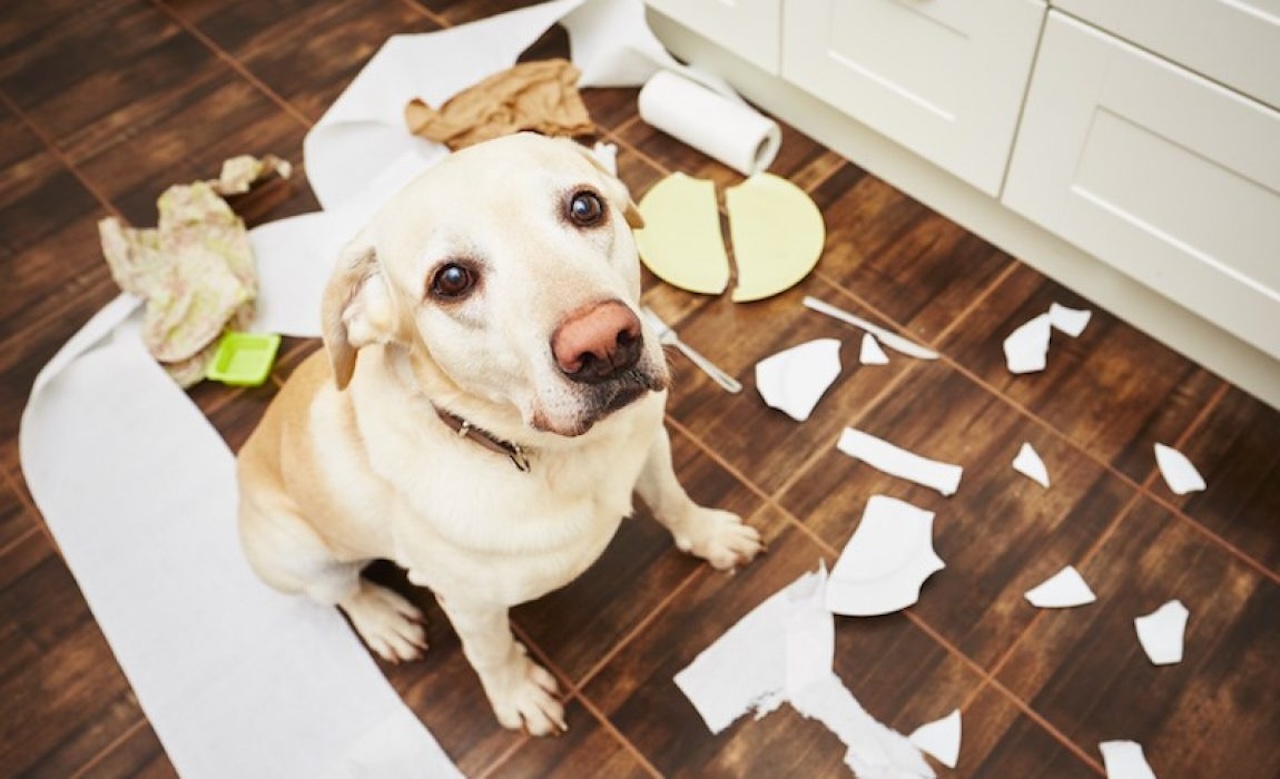

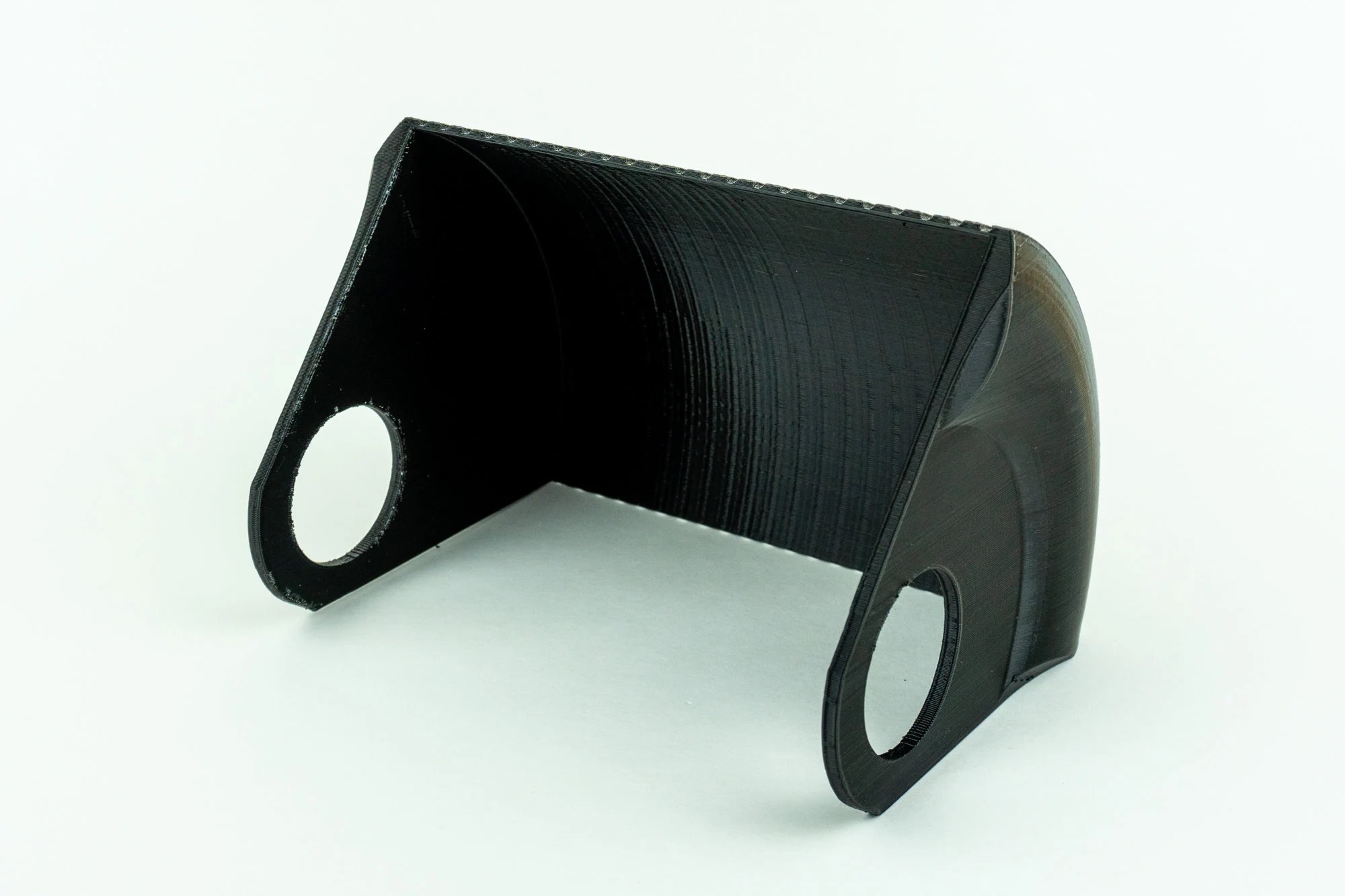
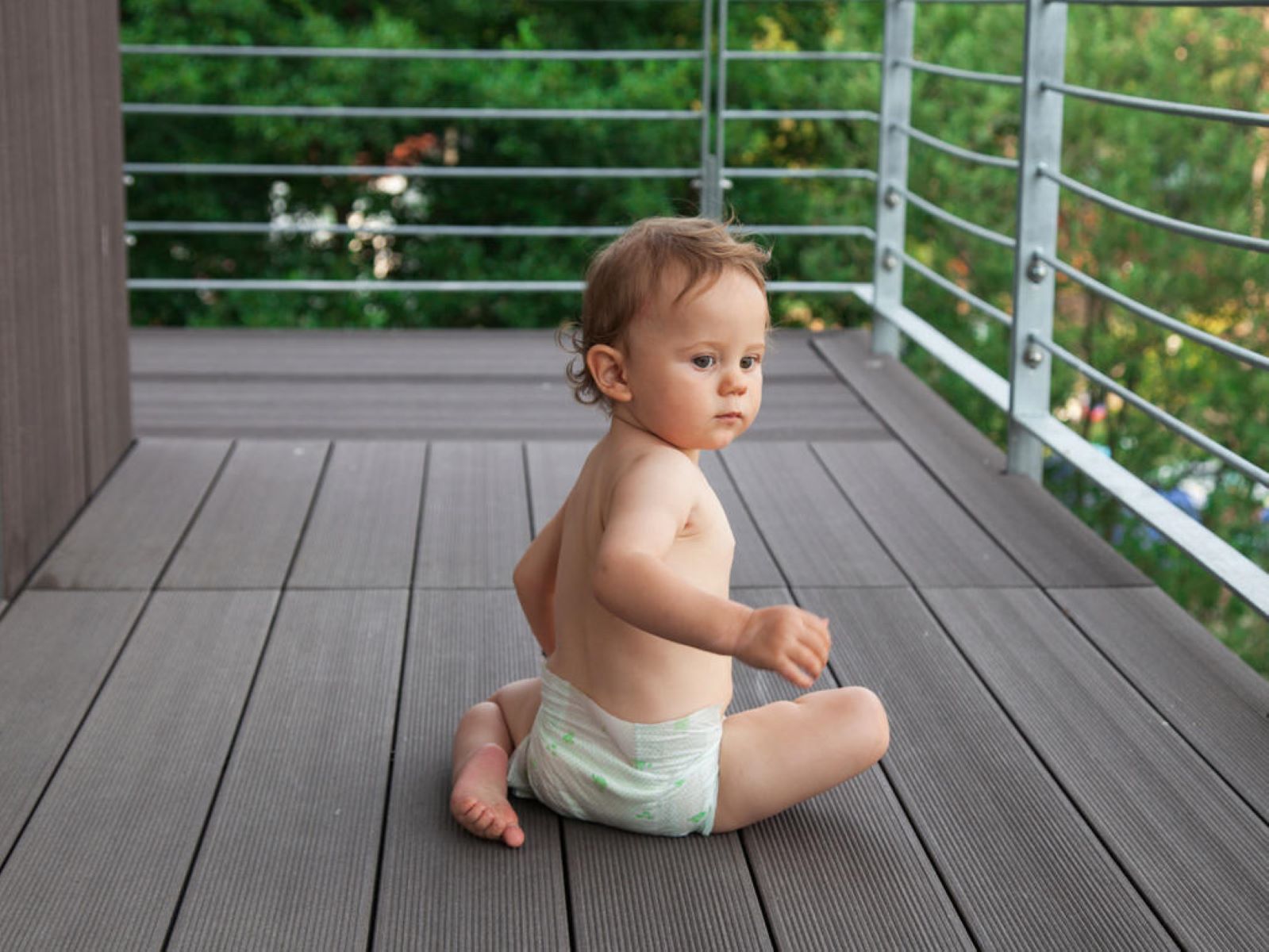
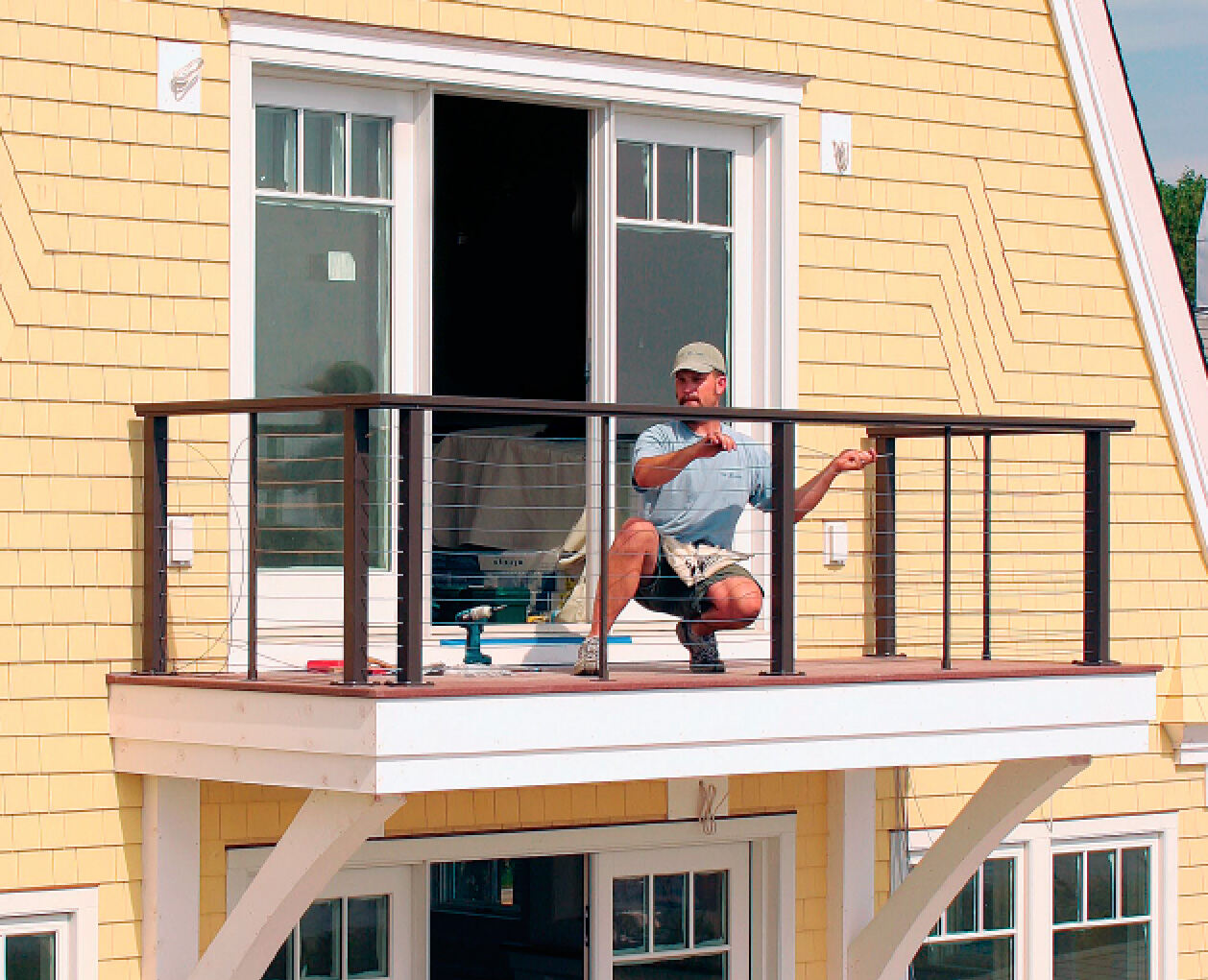
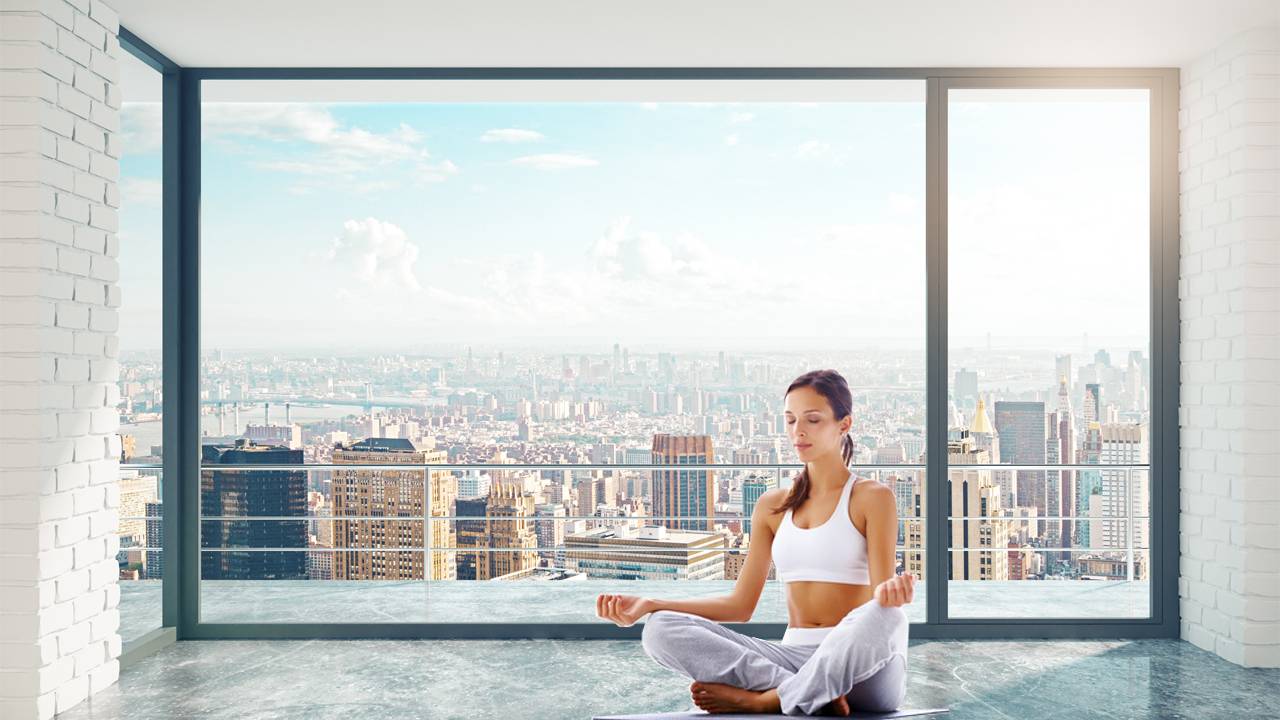
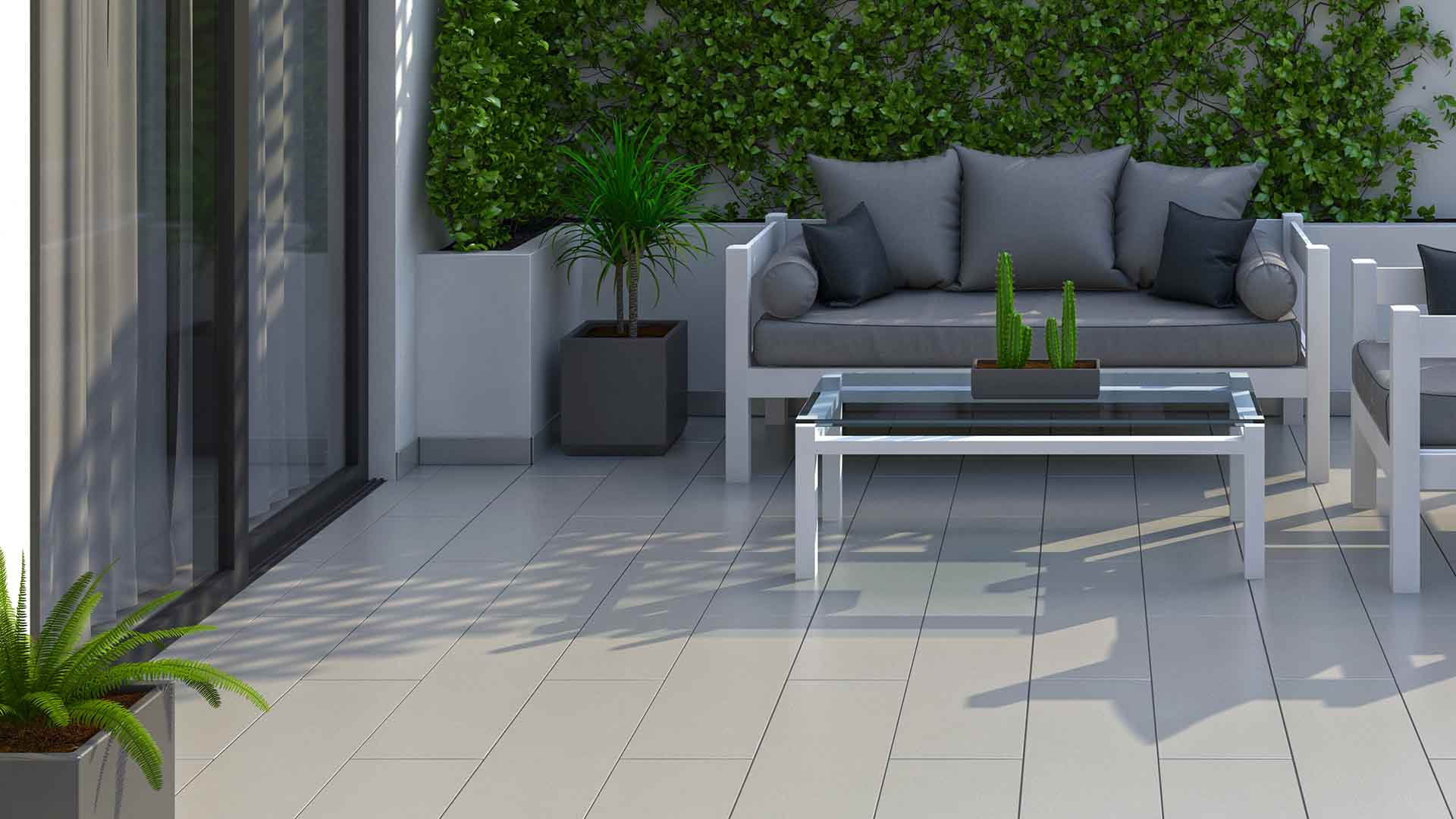


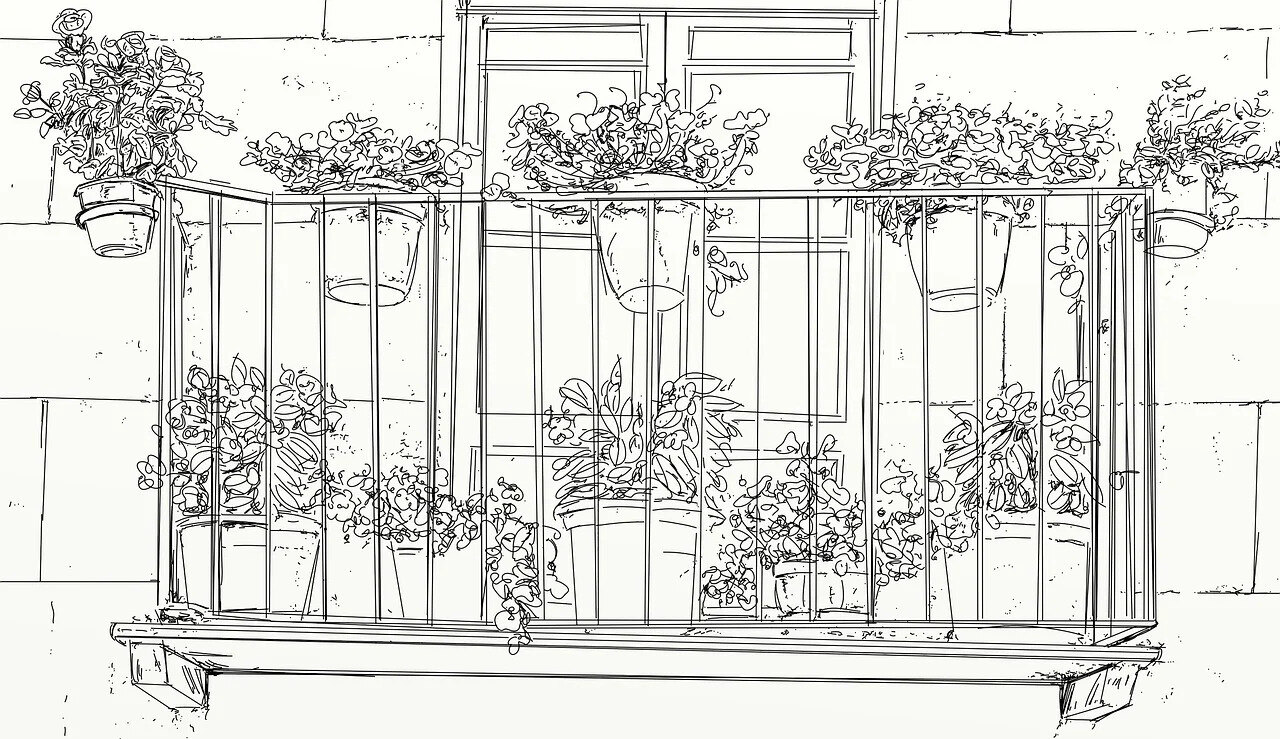
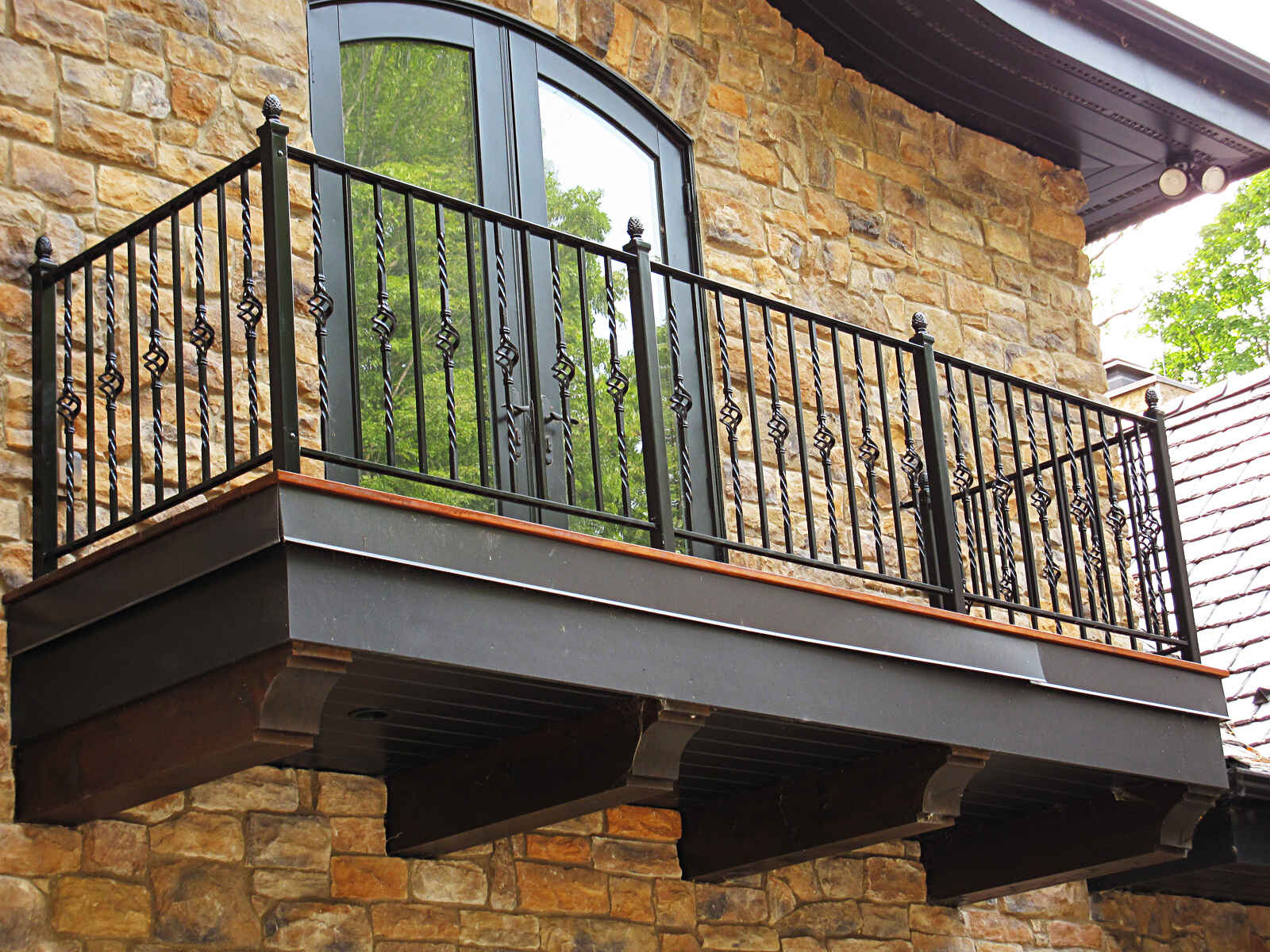

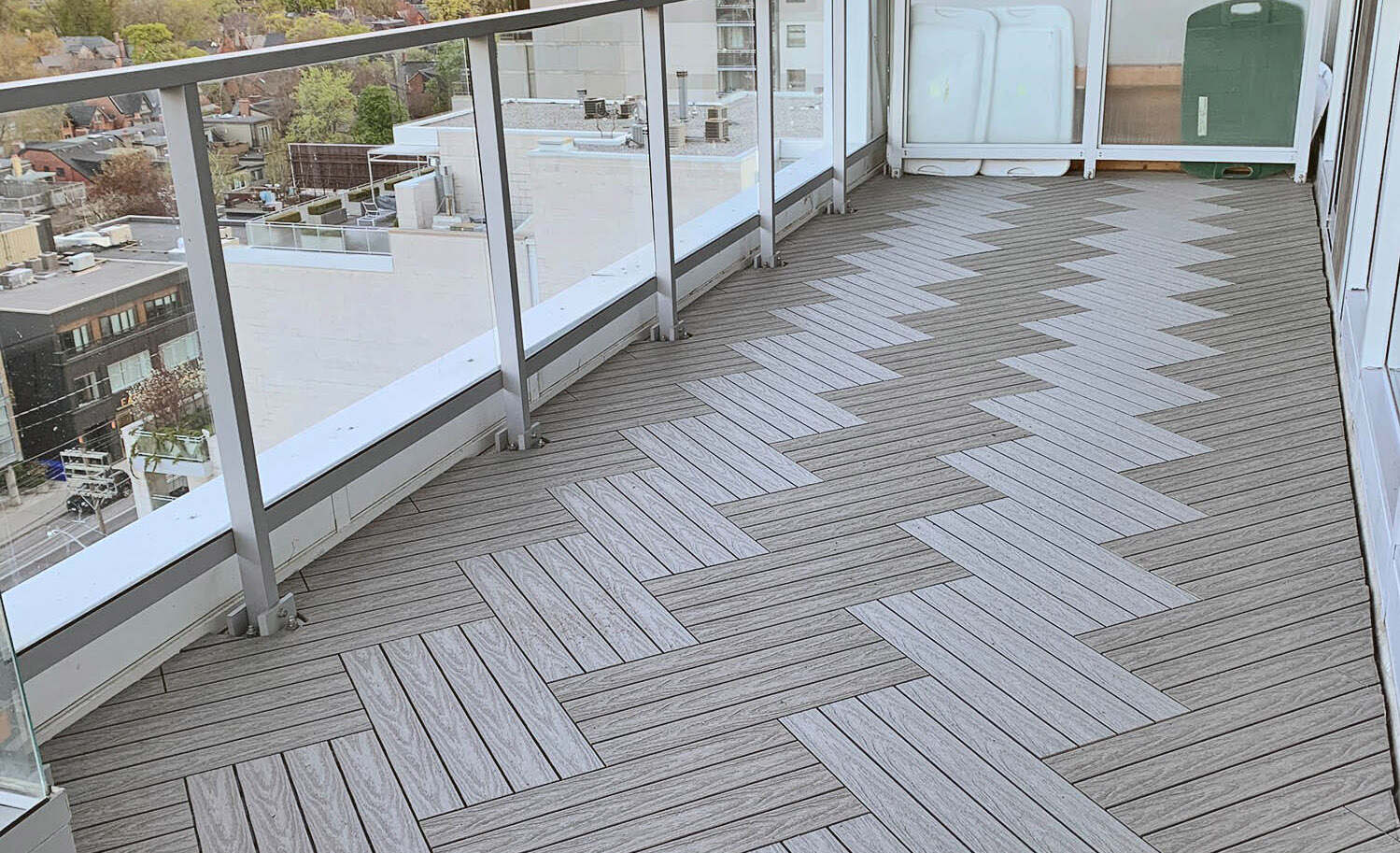
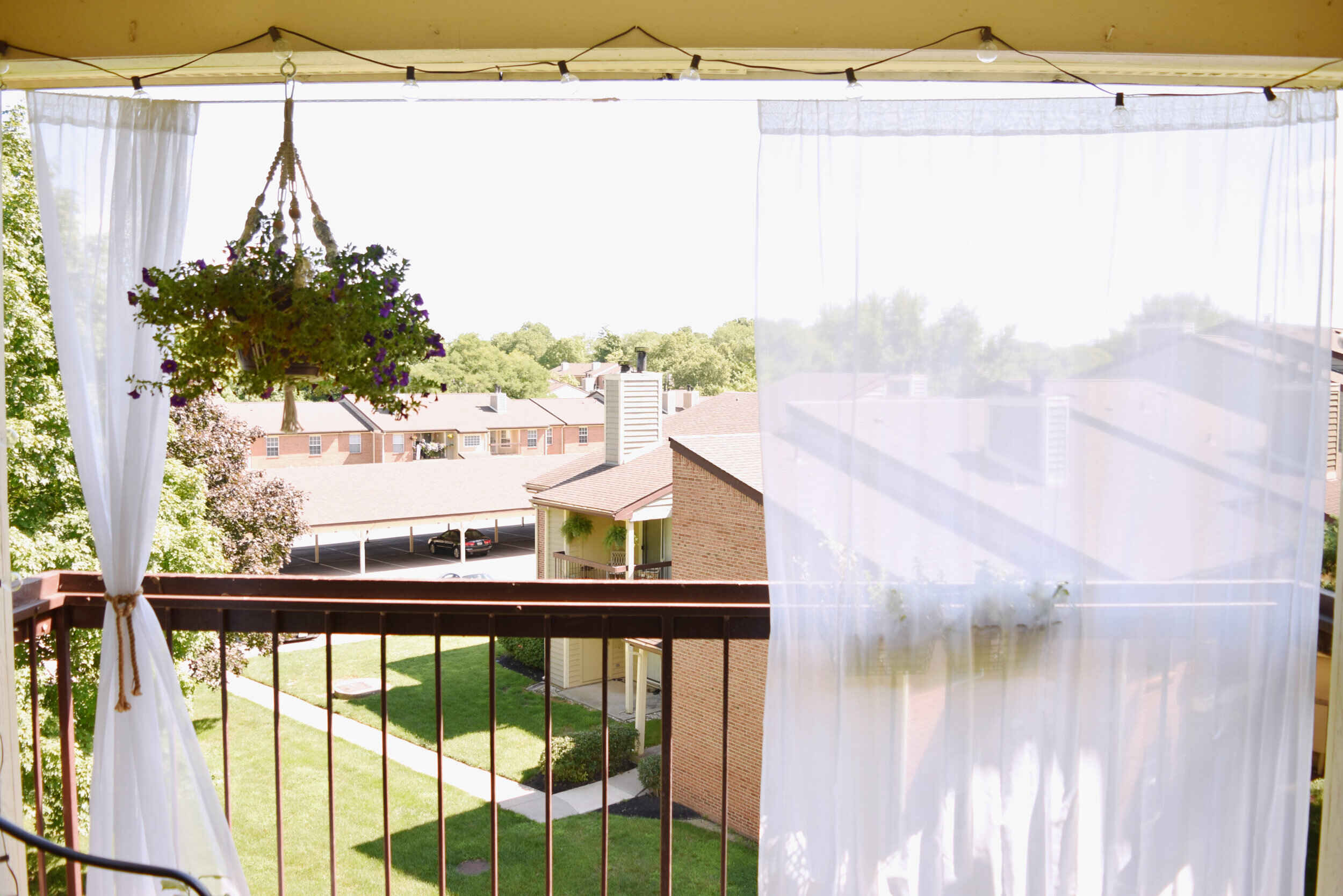

0 thoughts on “How To Dog Proof A Balcony”